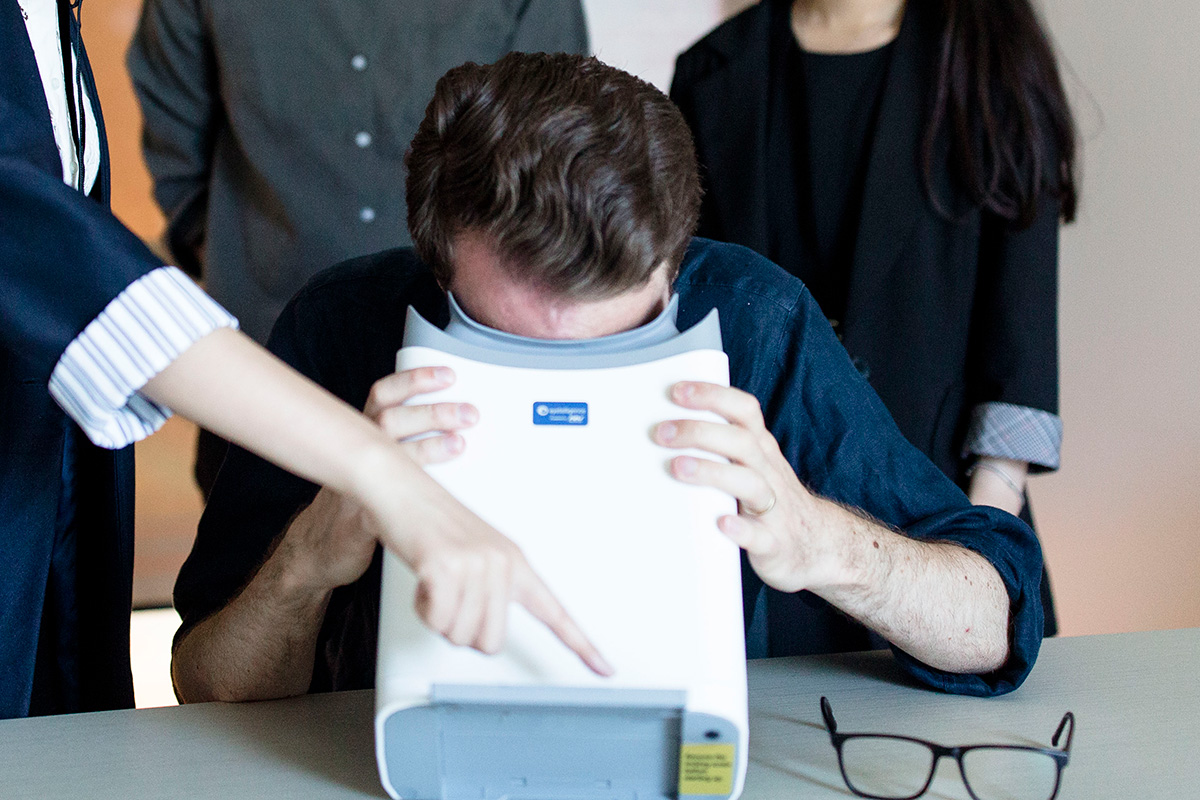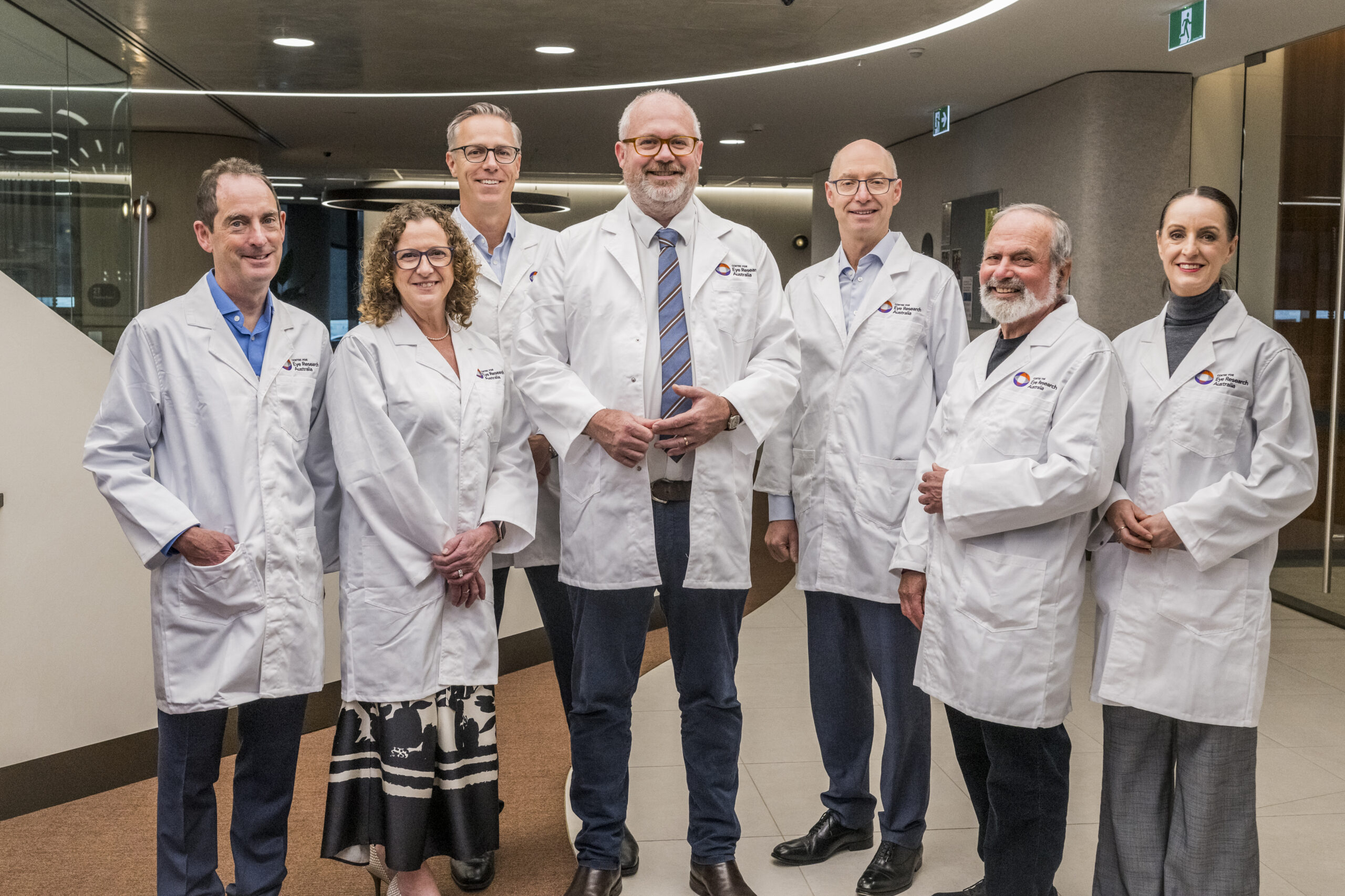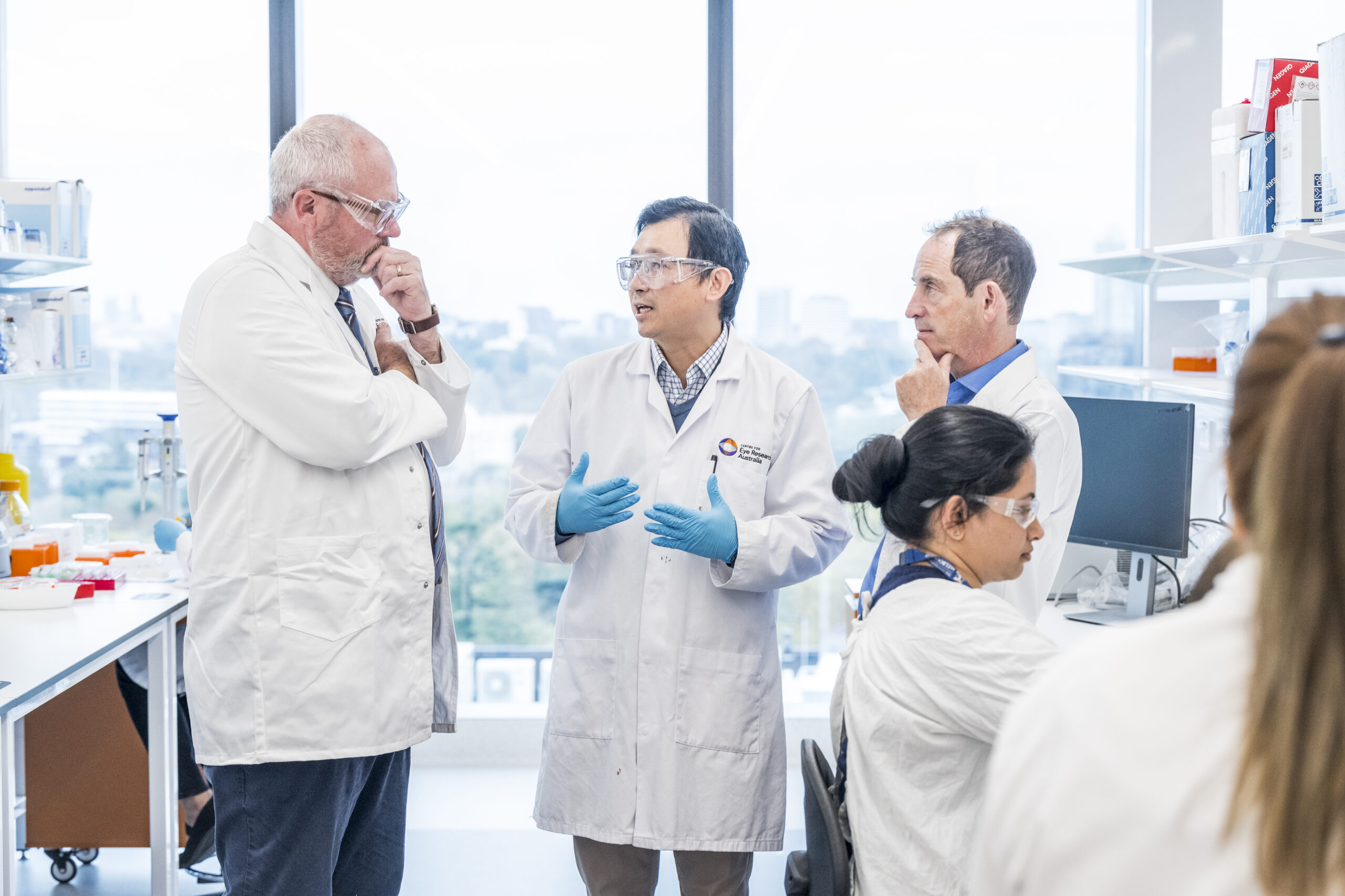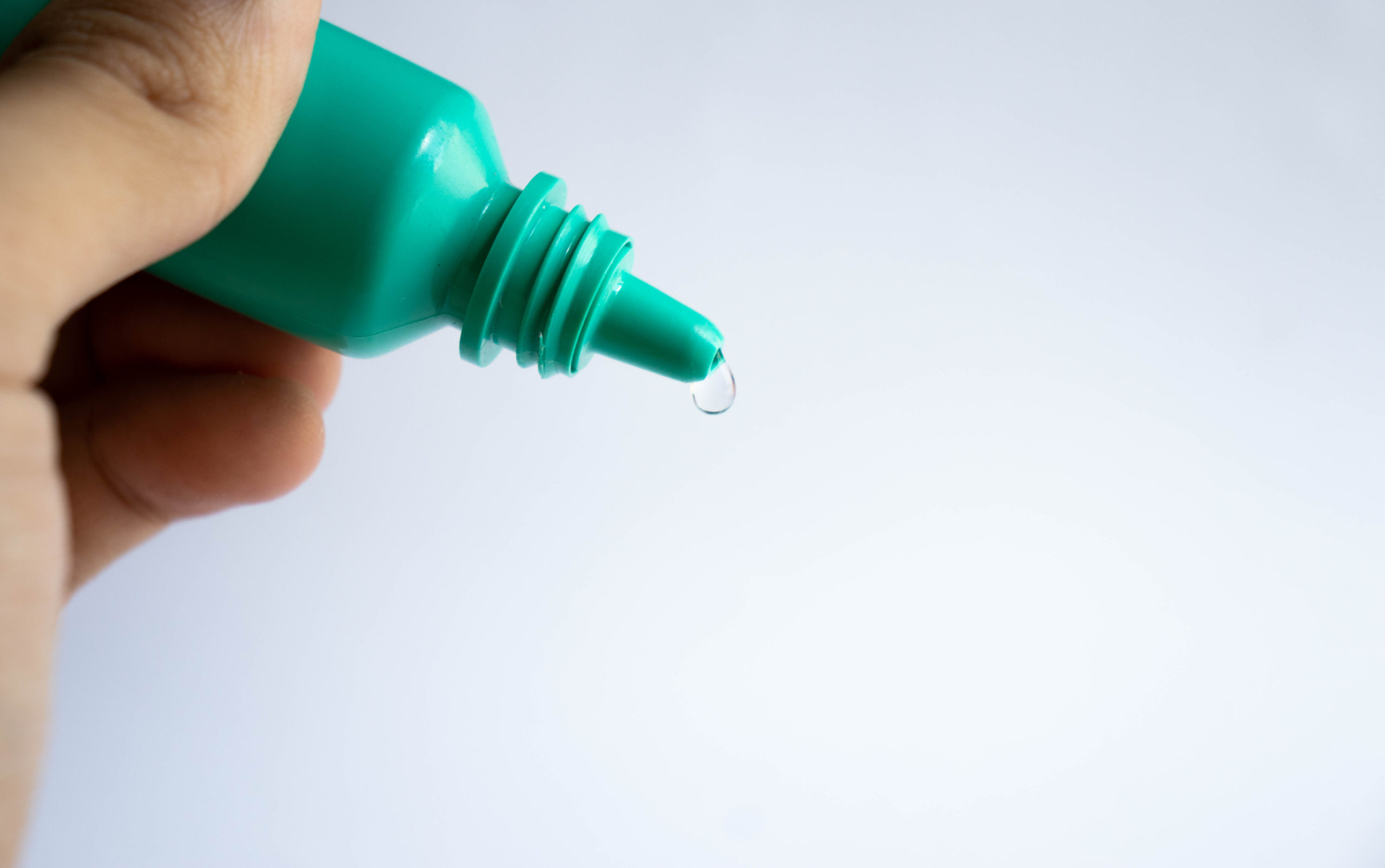Next-generation gene tools to cut research time from years to weeks
News
Next-generation gene tools to cut research time from years to weeks
CERA’s Dr Jiang-Hui (Sloan) Wang has received two-year funding from the DHB Foundation to establish a game-changing lab platform to accelerate how research is done.
Imagine a world where a quick, minimally invasive, one-time eye injection could save millions of people with blindness caused by inherited retinal disease, macular degeneration or glaucoma.
That’s the vision Dr Jiang-Hui (Sloan) Wang, a lead researcher in CERA’s Retinal Gene Therapy team, has for this research project: Revolutionizing Eye Disease Treatment with Next-Generation Gene Therapy, which recently received two-year-funding from the DHB Foundation.
Breakthroughs in the lab are putting these treatments in reach, and this support will help overcome the barriers that make bringing treatments to the clinic a challenge.
Dr Wang said that, “this seed funding is vital to establish my independent research program and bring my AAV and retinal gene therapy expertise back to Australia from the US.
“Without it, we cannot advance our human-focused platform with clinical impact.”
Real-world relevance
Current research towards inherited blindness often requires delicate, invasive injections of harmless viral vectors (Adeno‑Associated Viruses – AAVs) beneath the retina.
When developing new therapies, scientists will test their methods in the lab on models of the eye based on animals.
However, what works on a mouse model is not always as effective on human cells, slowing down the development of new treatments as researchers have to refine their work.
Under the mentorship of Prof Guangping Gao at UMass Chan–one of the world’s leading experts in AAV and gene therapy–Dr. Wang has created a lab‑based screening platform that uses human‑specific molecules instead of animal tests.
This model better mimics human biology and accelerates the hunt for next‑generation AAVs.
Dr Wang is now bringing this cutting‑edge technology back to Australia for further development and eventual clinical use.
This means faster breakthroughs in research and makes translating lab success to real-world cures easier.
“This could be revolutionary for eye research, with the proposed establishment of an animal-free AAV vector screening platform focusing on human-specific molecules from day one,” said Dr Wang.
The research is part of his wider efforts to develop treatments for more inherited retinal diseases.
“By merging speed, precision and real-world relevance, the Revolutionizing Eye Disease Treatment with Next-Generation Gene Therapy project will not just advance science, it will delivery tangible solutions, turning today’s lab innovations into tomorrow’s sight-saving treatments.
“This project will establish a game-changing lab platform to rapidly design and test next-generation gene treatment tools, cutting development time from years to weeks,” said Dr Wang.







